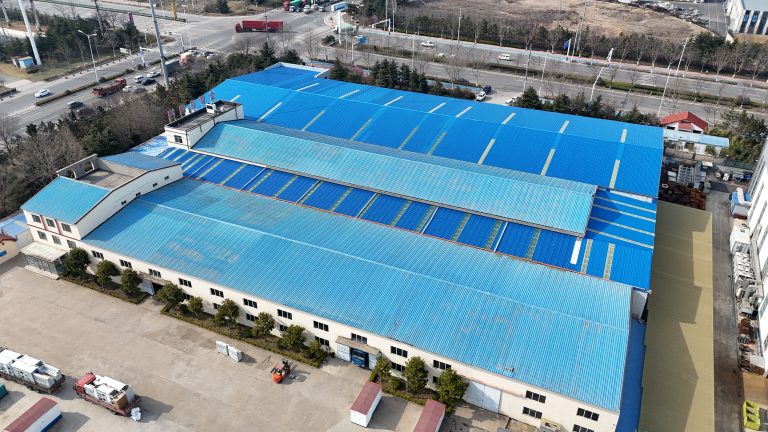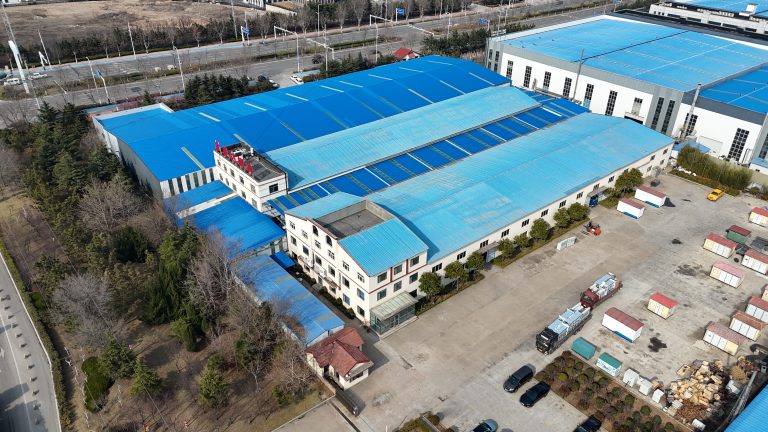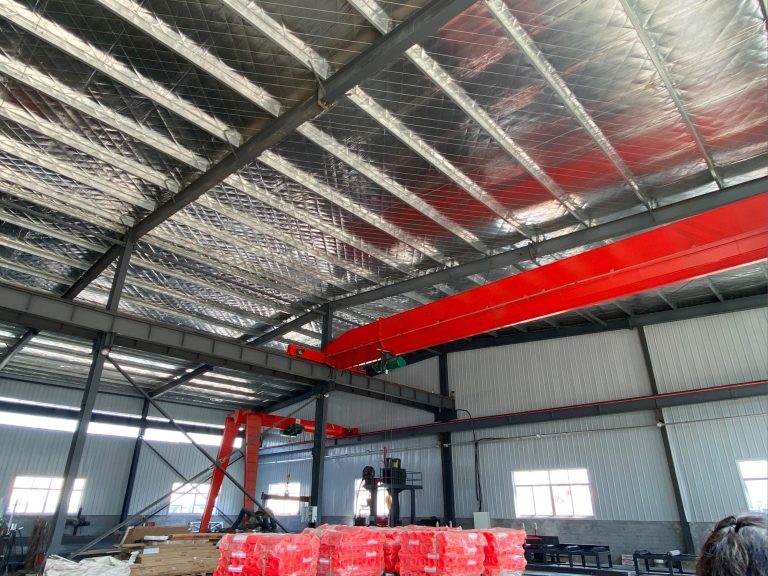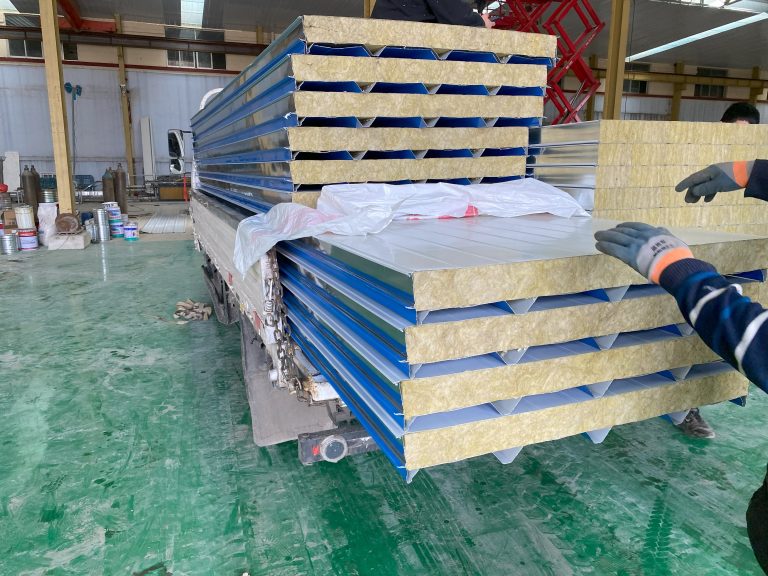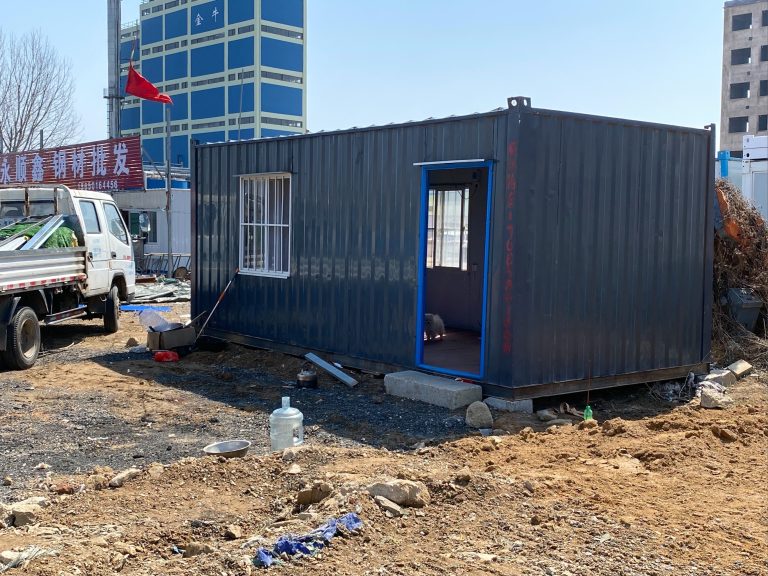Steel Structure Cultural Center: a platform for multicultural exchange.
Table of Contents
Benefits of Steel Structures in Cultural Center Construction
Steel structures have become increasingly popular in the construction of cultural centers around the world. These versatile and durable materials offer a wide range of benefits that make them ideal for creating spaces that foster multicultural exchange and creativity. In this article, we will explore some of the key advantages of using steel structures in the construction of cultural centers.
One of the primary benefits of steel structures is their strength and durability. Steel is a highly resilient material that can withstand extreme weather conditions and natural disasters, making it an ideal choice for buildings that need to stand the test of time. This durability ensures that cultural centers built with steel structures will be able to serve their communities for generations to come.
In addition to their strength, steel structures are also incredibly versatile. Steel can be molded into a wide variety of shapes and sizes, allowing architects and designers to create unique and innovative spaces that inspire creativity and collaboration. This versatility is particularly important in cultural centers, where the goal is to create a welcoming and inclusive environment that encourages people from different backgrounds to come together and share their ideas and experiences.
Another key advantage of steel structures is their sustainability. Steel is a highly recyclable material, which means that it can be repurposed and reused in future construction projects. This not only reduces the environmental impact of building cultural centers but also helps to conserve valuable resources for future generations. Additionally, steel structures can be designed to be energy-efficient, further reducing their carbon footprint and making them a more sustainable choice for cultural center construction.
Steel structures are also cost-effective compared to traditional building materials. The prefabricated nature of steel components means that construction times are significantly reduced, leading to lower labor costs and faster project completion. This can be particularly beneficial for cultural centers that are operating on a tight budget or under strict time constraints. Additionally, the long lifespan of steel structures means that maintenance and repair costs are minimal, further reducing the overall cost of ownership.
One of the most important benefits of steel structures in cultural center construction is their ability to create open and inviting spaces that promote multicultural exchange. Steel frames can support large open areas without the need for bulky support columns, allowing for flexible and adaptable layouts that can accommodate a wide range of activities and events. This openness encourages people to come together and engage with one another, fostering a sense of community and collaboration that is essential for cultural centers to thrive.
In conclusion, steel structures offer a wide range of benefits that make them an ideal choice for the construction of cultural centers. Their strength, durability, versatility, sustainability, cost-effectiveness, and ability to create open and inviting spaces all contribute to the success of these important community spaces. By choosing steel structures for cultural center construction, architects and designers can create spaces that inspire creativity, foster multicultural exchange, and bring people together in meaningful and impactful ways.
Promoting Multicultural Exchange through Steel Structure Cultural Centers
Steel Structure Cultural Centers are becoming increasingly popular as platforms for promoting multicultural exchange and understanding. These centers serve as hubs for various cultural activities, events, and exhibitions that showcase the diversity of different communities. By providing a space for people to come together and learn about each other’s traditions, beliefs, and practices, these centers play a crucial role in fostering mutual respect and appreciation among individuals from different backgrounds.
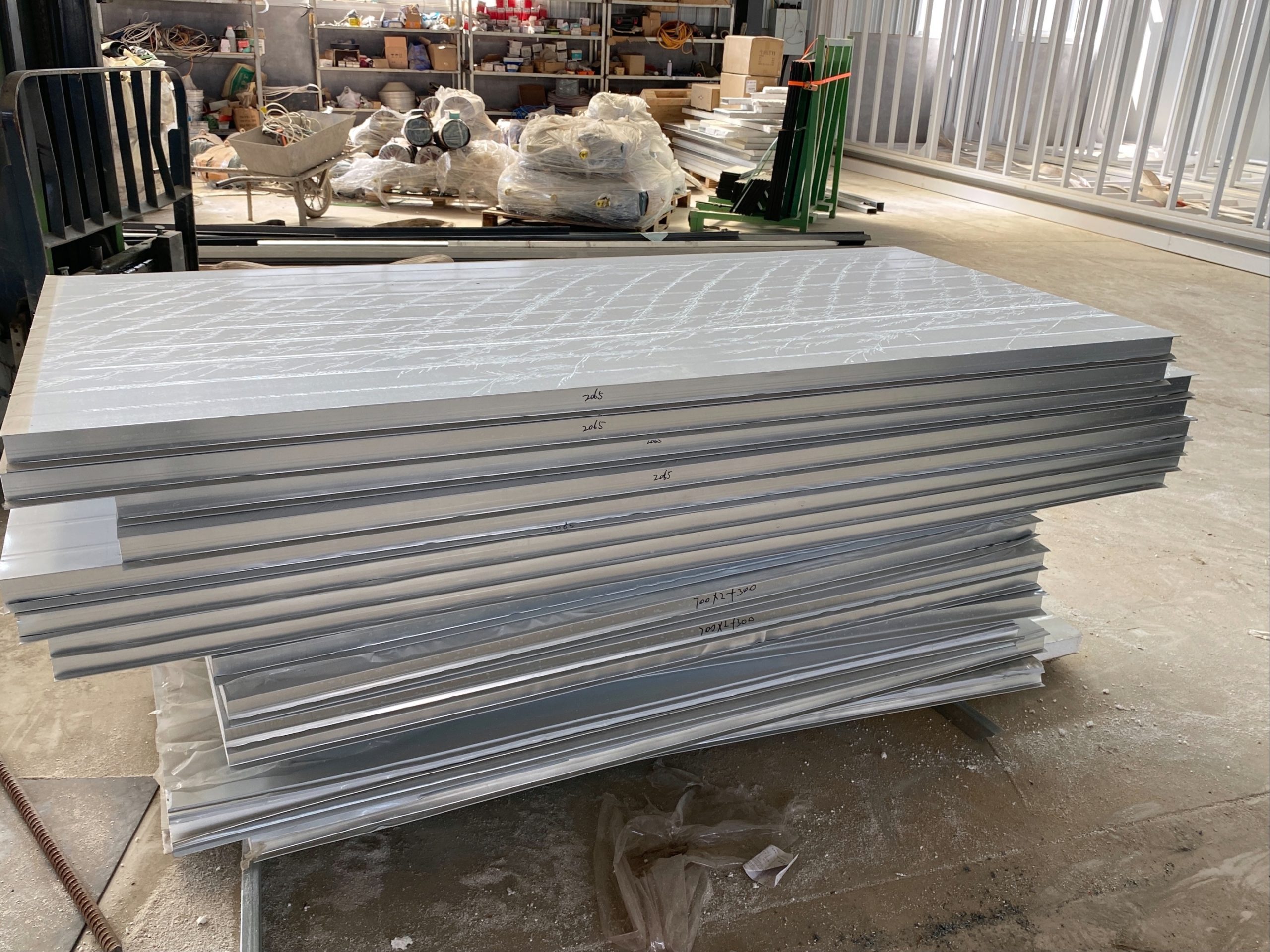
One of the key features of Steel Structure Cultural Centers is their ability to bring people together in a shared space that is designed to facilitate interaction and communication. The open layout of these centers allows for easy movement and encourages visitors to explore different exhibits and engage in conversations with others. This creates a dynamic and vibrant atmosphere that promotes cross-cultural dialogue and exchange.
In addition to hosting cultural events and exhibitions, Steel Structure Cultural Centers also offer a range of educational programs and workshops that aim to deepen visitors’ understanding of different cultures. These programs may include language classes, cooking demonstrations, traditional music and dance performances, and art workshops. By providing opportunities for hands-on learning and participation, these centers help to break down barriers and stereotypes, and promote a more inclusive and tolerant society.
Furthermore, Steel Structure Cultural Centers often collaborate with local community groups, schools, and cultural organizations to develop and implement their programs. This collaborative approach ensures that the center’s activities are relevant and responsive to the needs and interests of the community. By working together with a diverse range of partners, these centers are able to reach a wider audience and have a greater impact on promoting multicultural exchange.
Another important aspect of Steel Structure Cultural Centers is their role in preserving and promoting cultural heritage. Many of these centers house collections of artifacts, artworks, and historical documents that reflect the rich cultural heritage of different communities. By showcasing these cultural treasures, the centers help to raise awareness about the importance of preserving and celebrating diversity.
Moreover, Steel Structure Cultural Centers often serve as venues for cultural festivals, performances, and celebrations that bring people together to celebrate their shared heritage and traditions. These events provide a platform for artists, musicians, dancers, and performers from different cultural backgrounds to showcase their talents and share their art with a wider audience. By promoting cultural exchange through the arts, these centers help to foster a sense of unity and solidarity among diverse communities.
In conclusion, Steel Structure Cultural Centers play a vital role in promoting multicultural exchange and understanding. By providing a space for people to come together, learn from each other, and celebrate their shared heritage, these centers help to build bridges between different communities and promote a more inclusive and tolerant society. Through their diverse range of programs and activities, Steel Structure Cultural Centers serve as catalysts for positive social change and contribute to the enrichment of our cultural landscape.

